SOLID EARTH GEOSCIENCES
In Solid Earth studies, we aim to better understand the processes that drive the formation and evolution of the planet’s crust and mantle, including everything from plate tectonics to deeper mantle dynamics. Our research teams investigate tectonic settings and underlying dynamic Earth processes in various locations throughout the globe, using diverse techniques that include petrology, isotope geochemistry, field structural geology measurements, remote sensing analysis, and geophysical methods.
Solid Earth classes are taught regularly and cover topics including tectonics, petrology, geochemical thermodynamics, volcanology, isotope geochemistry, ore geology, and geophysics.
RESEARCH
Collaborative structural geology and igneous petrogenesis research
Lynne Elkins, Cara Burberry, and their students examine the tectonic settings and origins of volcanic activity in unusual and tectonically complex areas, using a combination of structural geologic measurements, field observations, remote sensing, igneous geochemistry of lavas, and mantle xenolith geochemical analysis. The Elkins and Burberry groups currently have a collaborative, field-based study in Indochina.
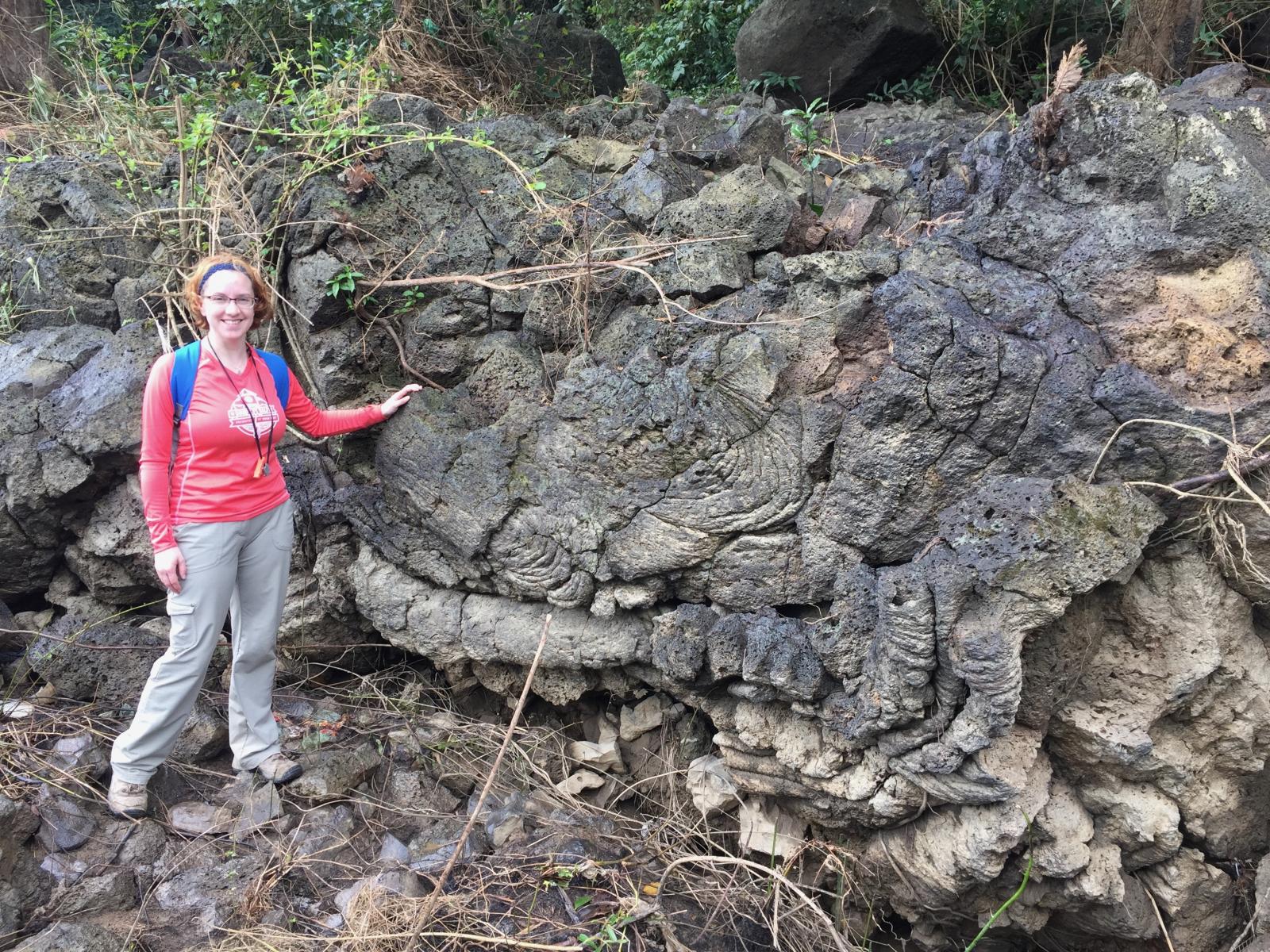
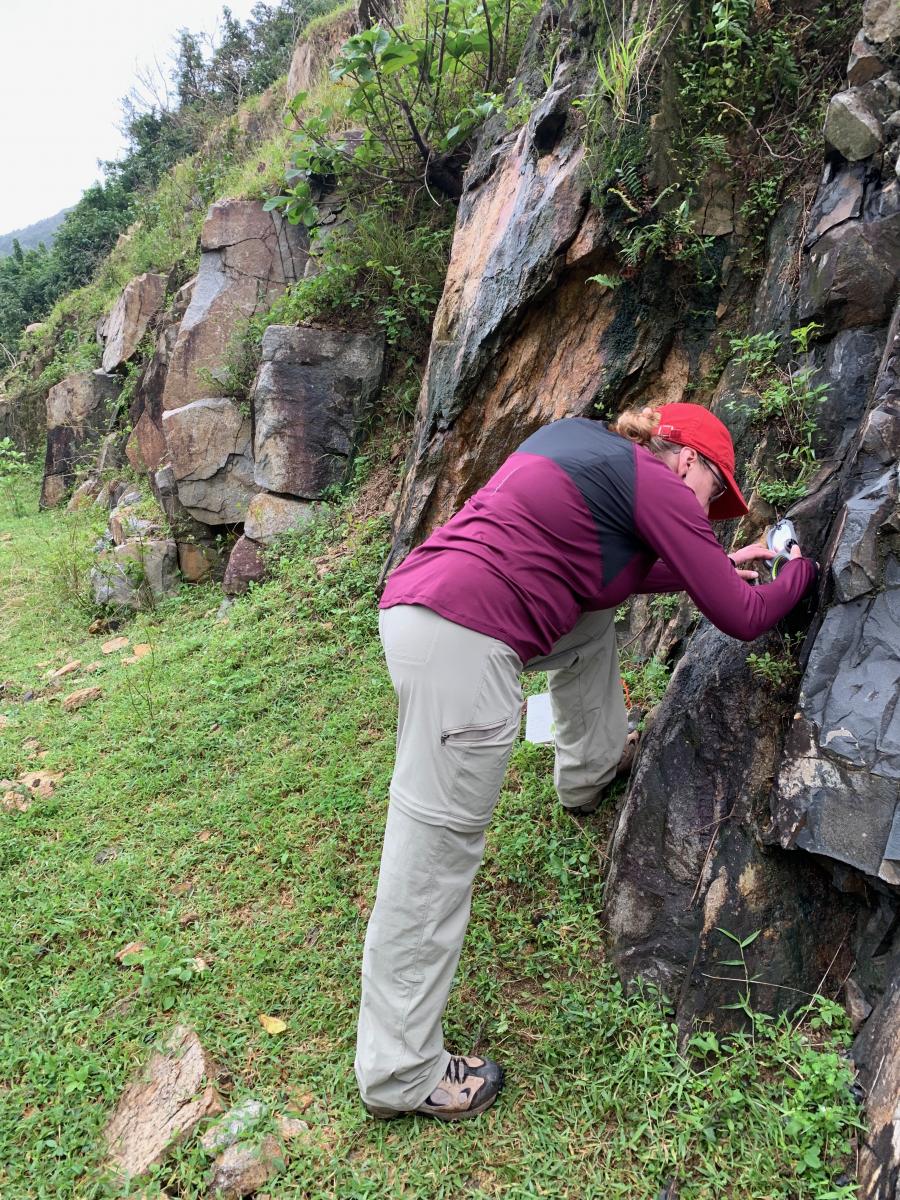
Geochemistry of mid-ocean ridge basalts
Lynne Elkins and her students investigate the origins of mid-ocean ridge basalts, the most active and voluminous volcanic products on Earth, and uses isotope geochemical methods such as uranium-series disequilibrium analysis to better understand the tectonic and underlying mantle dynamic processes that drive the generation of oceanic crust. Current and recent projects have focused on basalts from slow-spreading oceanic ridges in the central Atlantic and Arctic Oceans, and on calculating expected uranium-series isotopes in lavas using advanced numerical techniques.
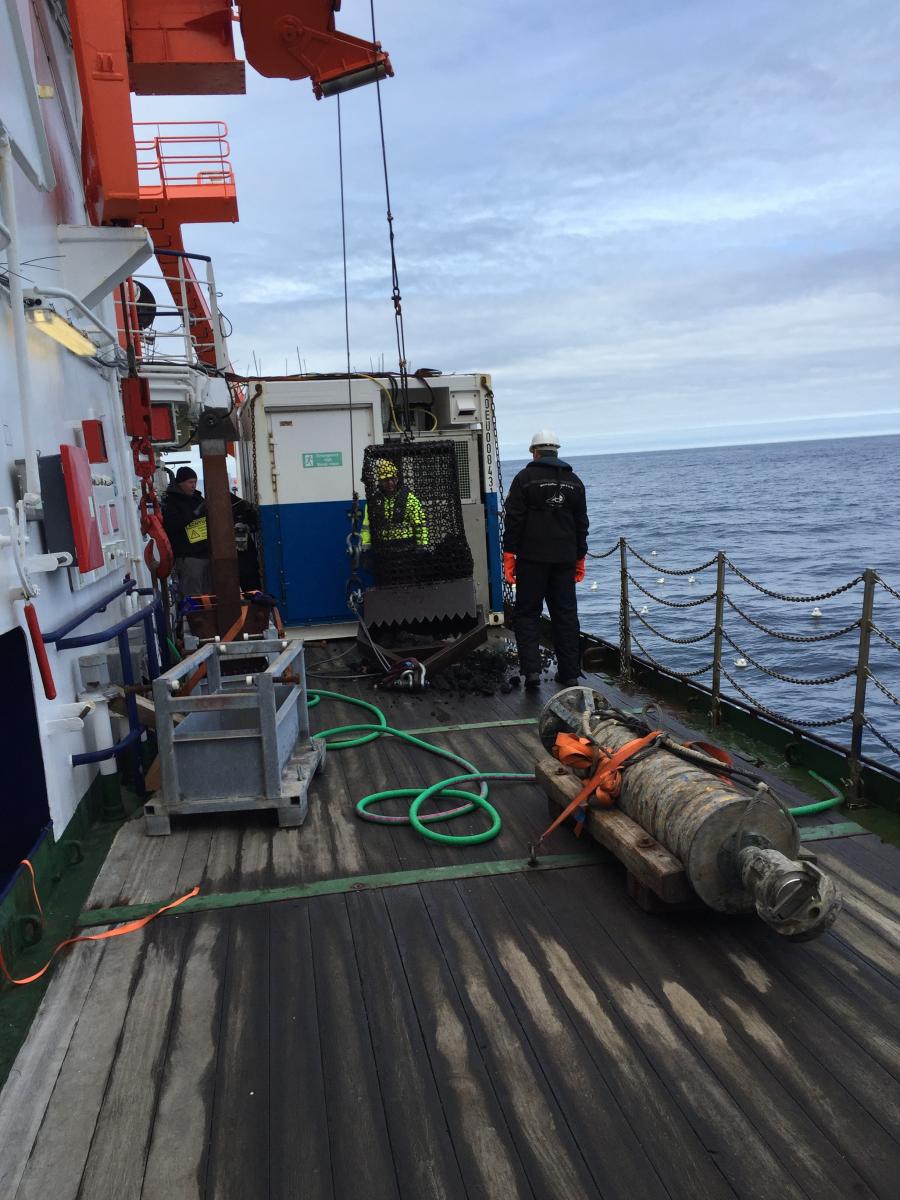
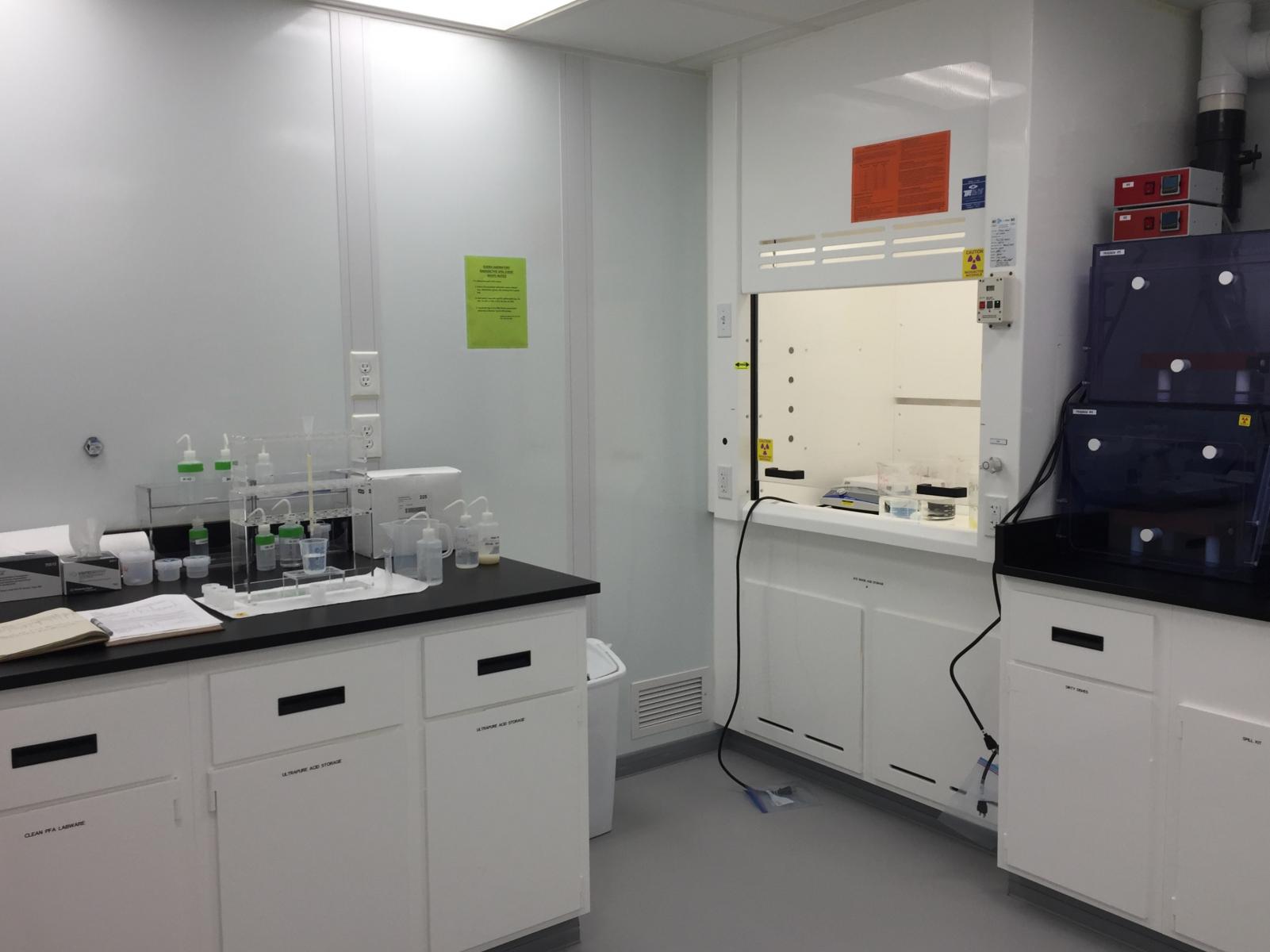
Integrated Geophysical Studies
Irina Filina and the UNL Geophysics team practice a multi-physics integrated approach in geophysical data analysis. In our research, we integrate seismic, gravity, magnetics, and well data to develop the most confident and robust subsurface models that honor ALL the data. Current studies are focused on the tectonic history of the Northern Atlantic, crustal structures of the Cascadia subduction zone, as well as on near-surface geophysics in Nebraska.
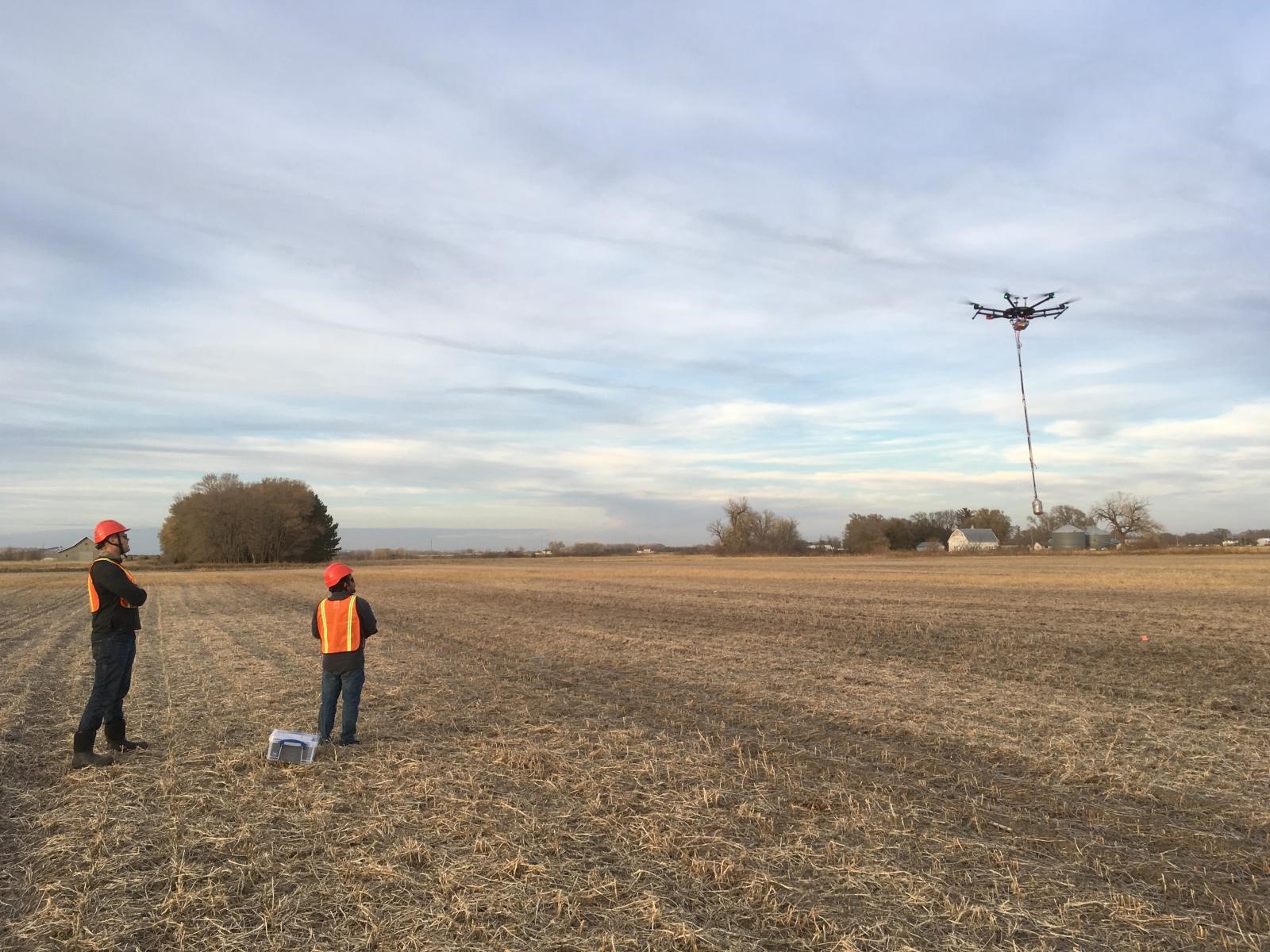

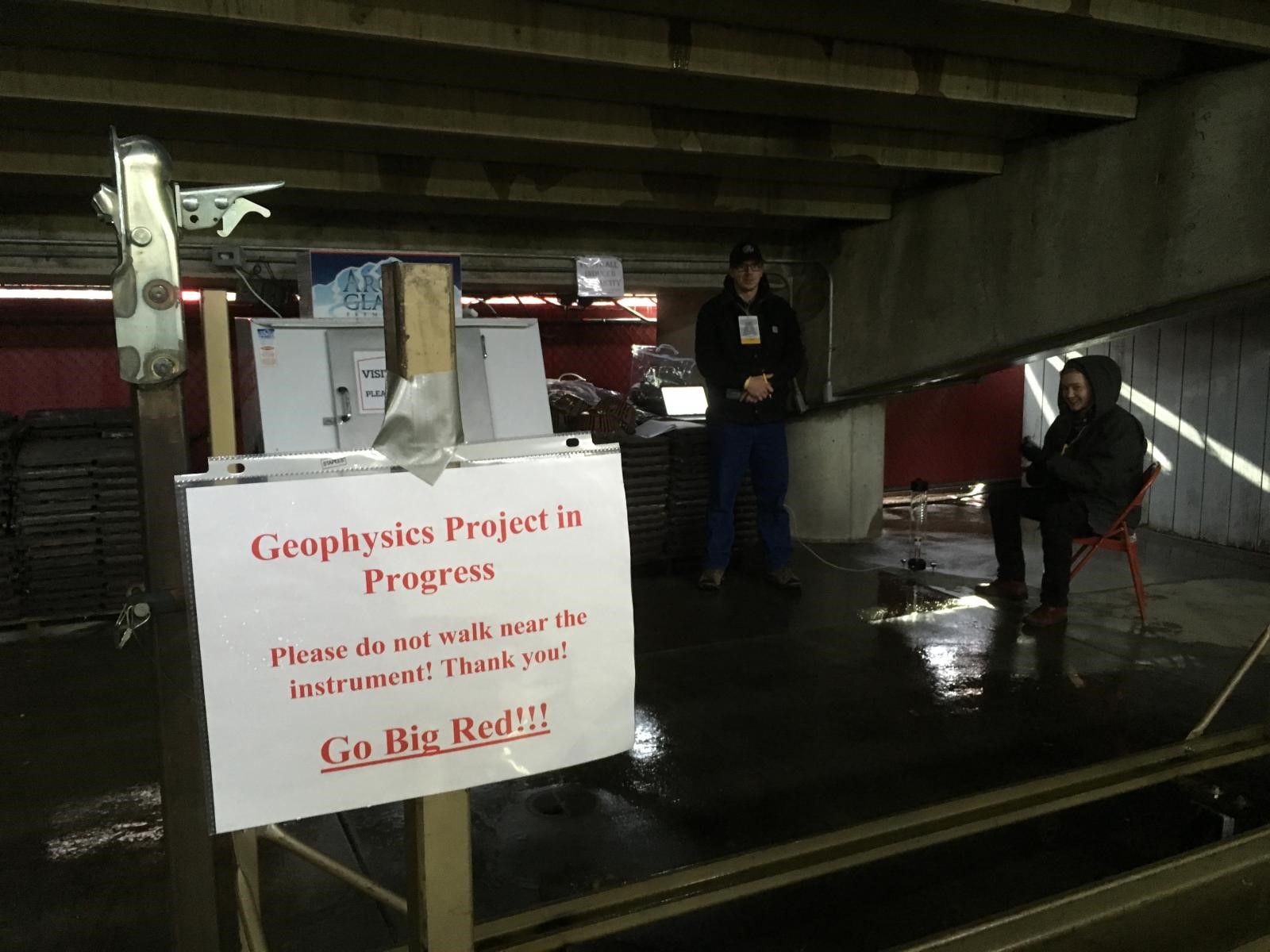
Structural Geology
Cara Burberry and the Deformation Research Group study the behavior of the deformed and deforming crust at multiple scales, using methods from thin section petrography, through fieldwork and seismic analysis, to analog modeling and remote sensing. Current studies are focused on fault damage in the Nankai trough, analog modeling of penetrative strain, and seismic analysis in the Gulf of Mexico and the Northern North Sea.
